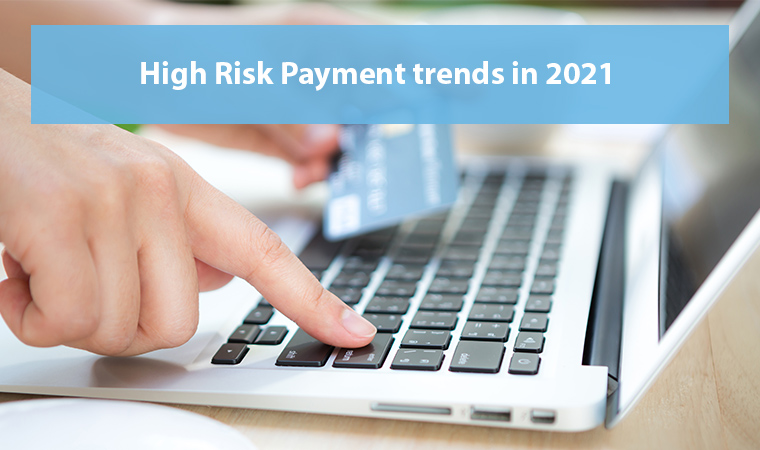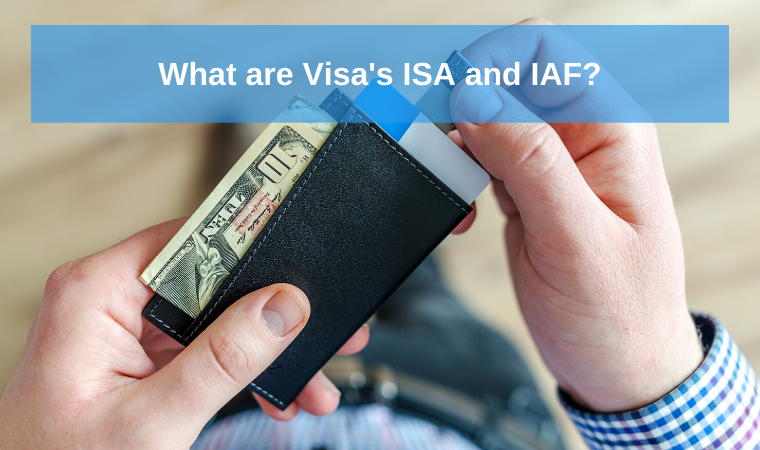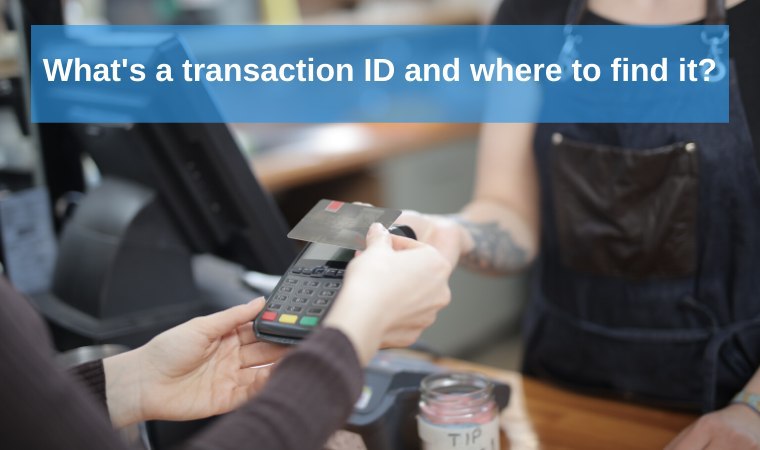Offline Card Transaction
Offline card transaction is a transaction that the seller processes without Internet access. A credit card processing network handles this type of payment. The networks that take part in the process are Visa, Mastercard, Amex, or Discover. It depends on what network the buyer’s bank uses. The typical offline interchange fee is 2% up to 3%. To add offline processing to the seller’s range of checkout options, the merchant needs to negotiate it with the payment service provider.
What are offline card transaction pros?
The main general advantage is the ability to process transactions without POS peg to the Internet. To be more precise, this option fits merchants who deal with the high scope of the transactions. That might be cafes in highly-crowded places, open-air festivals, etc. As OCT skips the wait time for connection and authorization, sellers can proceed with the orders faster and save the clients’ time.
Also, offline mode is a real helper for sellers who work with unstable Wi-Fi environments. If the Wi-Fi goes down, it won’t affect the merchant’s business. The seller will still be able to accept payments.
Are there any drawbacks?
Though this checkout option can help a lot, there are some disadvantages. So, the merchant is responsible for taking a risk of any declined or disputed payment. The expired cards fall for this rule as well.


